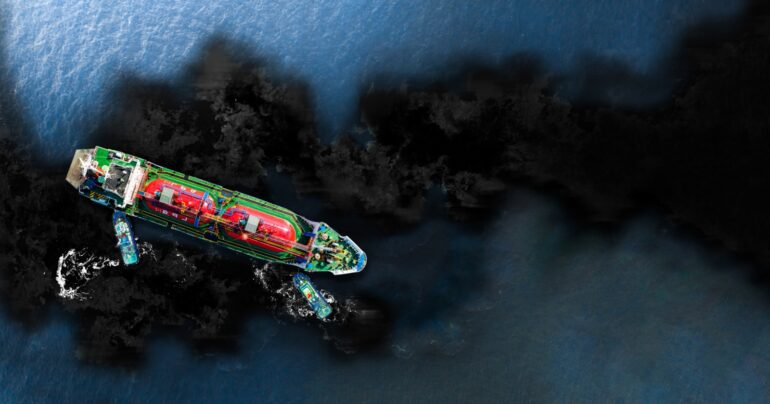TL;DR:
- Vissim partners with Vår Energi to enhance oil spill detection technology offshore Norway.
- Balder FPSO and Ringhorne processing platform to receive cutting-edge oil spill monitoring systems.
- Vissim’s solution combines radar technology for vessel tracking and oil spill detection, reducing false alarms.
- Norway’s regulations demand weather-independent oil spill monitoring technology.
- Vissim’s system utilizes machine learning and AI to boost sensitivity, reduce false alarms, and cut operating costs.
Main AI News:
In a pioneering move towards enhancing oil spill detection technology in the challenging offshore environment of Norway, Vissim has been awarded a contract by Vår Energi. This strategic partnership aims to bolster the efficiency and reliability of oil spill monitoring across key production installations in the region, notably the Balder FPSO and the Ringhorne processing platform situated in the North Sea.
A noteworthy facet of this endeavor is Vissim’s commitment to sustainability through the reuse of existing hardware, aligning with the principles of responsible resource management. This ensures that the integration of cutting-edge technology is not only effective but also environmentally conscious.
The impetus behind this initiative stems from Norway’s stringent regulations, mandating offshore operators to employ oil spill monitoring technologies that are impervious to the capriciousness of weather conditions. This mandate has fostered the integration of radar technology for vessel tracking across installations on the Norwegian Continental Shelf.
What sets Vissim apart is its groundbreaking combined solution, which leverages radar technology not only for vessel tracking but also for oil spill detection. A longstanding challenge in conventional radar-based oil spill detection systems has been the occurrence of false alarms, necessitating manual intervention by operators. These false alarms often result from various external factors such as heavy rain or vessel wake.
Vissim’s innovative approach is a testament to its responsiveness to industry needs, as it incorporates upgraded image processing technology and harnesses the power of machine learning. This dynamic combination empowers the system to discern genuine threats from benign anomalies, significantly reducing false alarms. As Håvard Odden, the spokesperson for the program, elucidates, “The new system boasts enhanced sensitivity, capable of detecting even smaller oil spills. It capitalizes on the prowess of machine learning and artificial intelligence to curtail false alarms. This not only elevates the reliability of the oil spill detection system but also leads to substantial cost savings for operators.”
Conclusion:
Vissim’s innovative oil spill detection system, driven by machine learning and AI, not only enhances reliability but also significantly reduces false alarms, leading to cost savings for operators. This breakthrough technology aligns with Norway’s regulatory demands for weather-independent monitoring and signifies a transformative step forward in the offshore oil and gas market.

